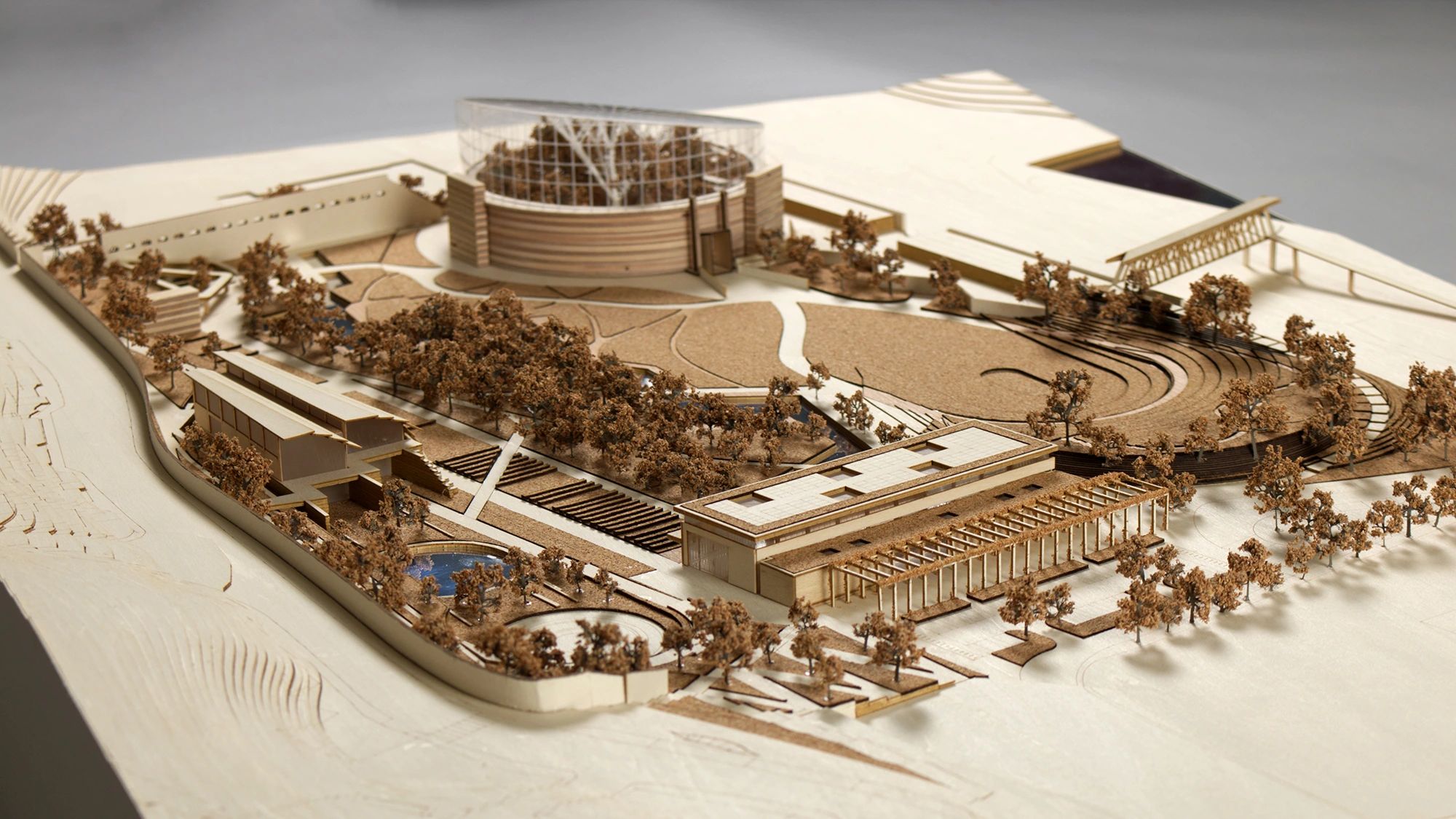Eden Project wants building created entirely from leftover materials

The Eden Project in Dundee is embarking on an innovative construction project that will see one of its main buildings created entirely from leftover construction materials, resulting in a design that remains a mystery until completion.
Following the approval of planning permission in June, the project is estimated to cost around £130 million, with the Eden team currently finalising the timeline and budget for the endeavour.
Blair Parkin, chief experience development officer at Eden Project, highlighted to the Courier the project’s commitment to environmental and sustainability goals through the use of discarded construction materials in the building process.
Mr Parkin explained: “We are planning to create this building principally out of those kinds of materials. But we can’t draw the shape and geometry of every window, because we don’t know what windows we’re going to find.”
The Eden team has developed a unique strategy to tackle the construction challenge, reimagining traditional construction norms to make use of trimmed materials.
Parkin added: “What our structural engineers Expedition realised was we should reduce the grid on the building. This means we can use materials that have been trimmed.”
Sourcing the leftover materials for the project will be a complex operation, with the creation of the Guild of Re-Sourcerors tasked with engaging the building industry across Scotland to acquire the necessary materials.
The concept for the new building, referred to as venue three, aims to explore humanity’s relationship with nature, offering a unique perspective on construction and sustainability.
Although Eden Project secured planning permission for the development in June, further alterations to the building design may require additional planning approvals.
Parkin emphasised the project’s commitment to transparency, stating, “We will take the planners with us on that journey, because this building is a very unique idea.”
The Eden Project’s innovative approach showcases the potential of utilising discarded construction materials to create a large, functional, and environmentally conscious public building.























